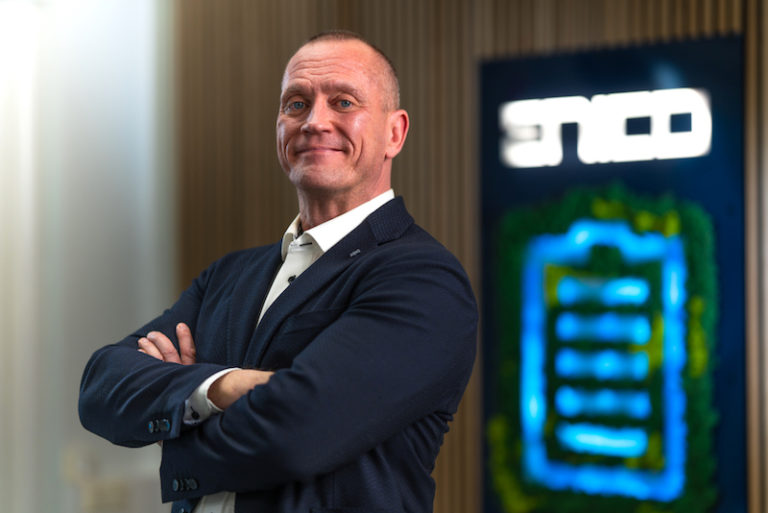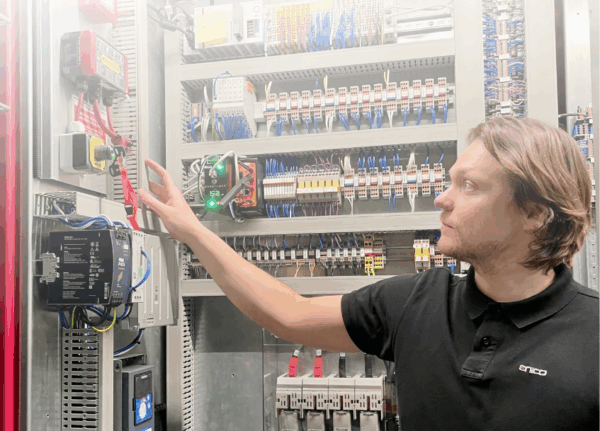The EU is rapidly advancing new legislation to increase the use of solar power in public and commercial buildings. Meanwhile, maintenance delays at the Olkiluoto nuclear plants and increased electricity consumption in Finland have created challenges. Green energy sources like solar and wind are weather-dependent, making energy production unpredictable. On calm days, Olkiluoto’s nuclear plants supply nearly half of Finland’s electricity, which has caused significant electricity price fluctuations for consumers.
Battery Technologies Enable the Green Transition
Due to these challenges, electricity markets face a critical situation. Sustainable energy production and new storage solutions for renewable electricity are urgently needed. This has sparked an important discussion on battery technologies and their safety. Unfortunately, the debate has sometimes been clouded by unnecessary fears and polarization.
Many do not fully understand the differences between the most common battery technologies, such as NMC (Nickel Manganese Cobalt) and LFP (Lithium Iron Phosphate). This polarization can skew perceptions and procurement requirements. It may seem odd given that many people already use electric vehicles powered by NMC batteries daily. So why should industrial energy storage technologies using these same chemistries suddenly be considered more dangerous? In fact, the automotive industry predominantly uses NMC-based battery packs.
Both NMC and LFP are lithium-based batteries that generate electricity through lithium’s chemical reactions, differing mainly in the cathode material used.
“
It’s essential to focus on the overall safety of energy storage systems, not just individual battery chemistries.
At Enico, we use both NMC and LFP technologies depending on the project needs. For certain solutions, we choose NMC batteries for their higher energy density and efficiency, while larger, higher-capacity systems often employ LFP batteries. Each technology has its pros and cons; none is completely risk-free. That’s why holistic system safety, including optimal conditions, usability, monitoring, response capabilities, and safety mechanisms, must be considered rather than focusing solely on battery chemistry.
NMC offers greater energy density and efficiency, while LFP tends to be more cost-effective with a longer lifecycle in terms of total charge cycles. Future developments will emphasize battery durability, recyclability, and second-life applications.
Enico specializes in optimizing battery technologies for energy storage based on customer needs and use cases. Viewing battery tech in isolation is too narrow. The complexity lies in the application context and system-level safety. Trust expert guidance over simplistic black-and-white views.

This article was written by Enico’s CEO, Marko Lähteenmäki






